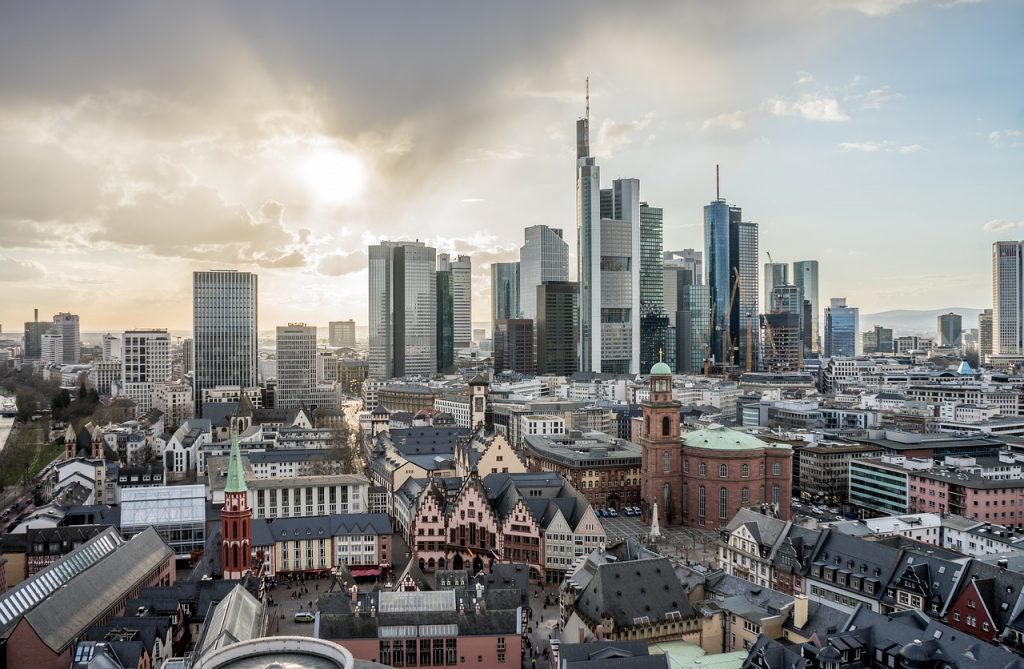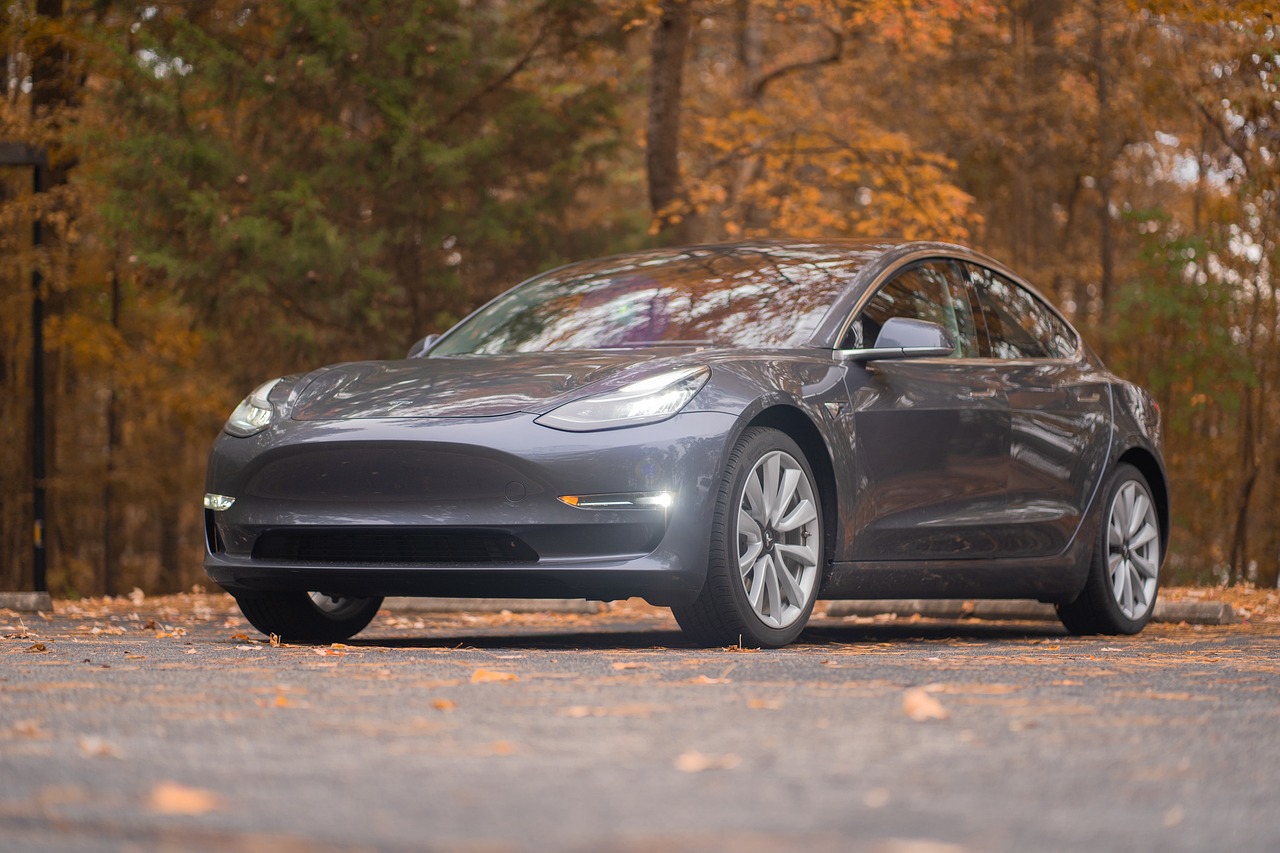Tesla: Unveiling the Whistleblower’s Tale
Introduction about Tesla
Lukasz Krupski, a former Tesla employee turned whistleblower, reveals critical issues with Tesla’s self-driving technology. Questions about Elon Musk’s leadership and the company’s ethical decision-making are surfacing. Krupski’s disclosures, combined with other alarming incidents, portray a concerning outlook for Tesla’s foray into autonomous technology.

Tesla: The Whistleblower’s Tale
Krupski’s journey from being a Tesla hero to a whistleblower began with a brave act—he sustained burns while preventing a fire at a Tesla delivery center. However, when he raised concerns about the lack of fire extinguishers, his relationship with Tesla turned sour. Fired in 2022, he alleges termination was a result of highlighting safety issues with Tesla’s autopilot driver-assistance software.
The Leaked Data of Tesla
In May of this year, Krupski took matters into his own hands by leaking 100 GB of sensitive Tesla data to the German newspaper Handelsblatt. This data primarily consisted of customer complaints regarding Tesla’s self-driving software, with numerous reports of “phantom braking” incidents. These complaints echoed Krupski’s internal warnings about dangerous flaws in Tesla’s self-driving system, which he claims were ignored by the company.
The Vision-Only Approach
A significant revelation stems from Tesla’s 2021 decision to remove radar and ultrasonic sensors from its cars, opting for a “vision-only” approach. Elon Musk overruled warnings from Tesla engineers, asserting the superiority of a camera-only system. This decision has had a substantial impact on Tesla’s autonomous standing, causing it to lag behind competitors like Mercedes and Audi, who offer more advanced autonomous driving systems.
Accidents and Investigations
The consequences of Tesla’s vision-only strategy are becoming evident in increased accidents, near-misses, and mistakes reported by former employees, safety officials, and experts. An investigation by The Washington Post shed light on Musk’s rush to release Full Self-Driving (FSD) before it was ready, with some insiders claiming that Tesla is “nowhere close” to a finished product.
The US Department of Justice (DoJ) is presently investigating Tesla for accidents, some fatal, involving the use of their autonomous software. The investigation extends beyond the accidents to scrutinize Tesla’s marketing, which is alleged to have misrepresented the capabilities of the self-driving system. The potential legal ramifications of these investigations pose a significant threat to Tesla’s business.
Musk’s Motivations and the Price-to-Performance Ratio
Elon Musk’s decision to adopt a vision-only approach is viewed by some as an attempt to maintain Tesla’s profit margins amidst escalating competition in the electric vehicle market. Faced with the potential for a price war, Musk seemingly sacrificed the safety and efficacy of Tesla’s self-driving system to protect the company’s valuation. This decision, coupled with misleading marketing practices, has led to a cascade of accidents and legal scrutiny.
3D Bioprinting and the Future of Organs
Musk’s Motivations and Ratio
Musk’s vision-only decision aims to maintain profit amidst competition, sacrificing safety. This, along with misleading marketing, triggers accidents and legal scrutiny.
Conclusion
Krupski’s revelations highlight Tesla’s self-driving troubles. Ethical concerns, legal consequences, and safety risks emphasize the need for transparency and accountability. Tesla’s self-driving future is uncertain amidst investigations and lawsuits.
